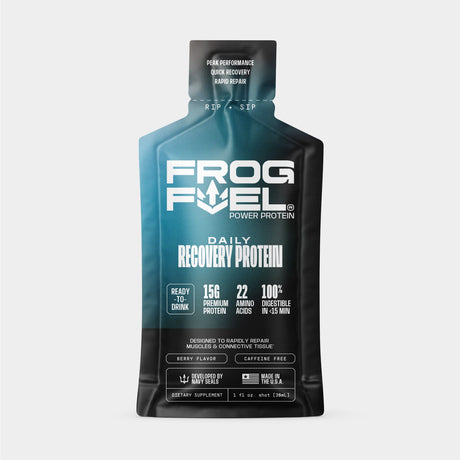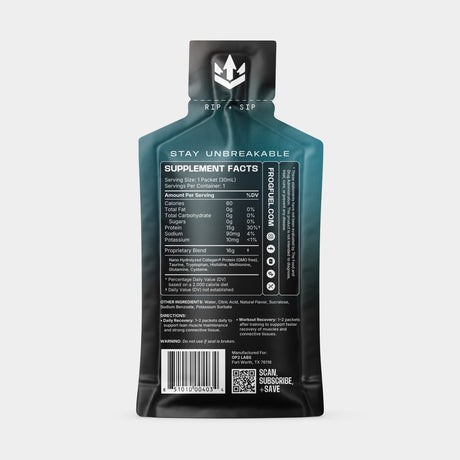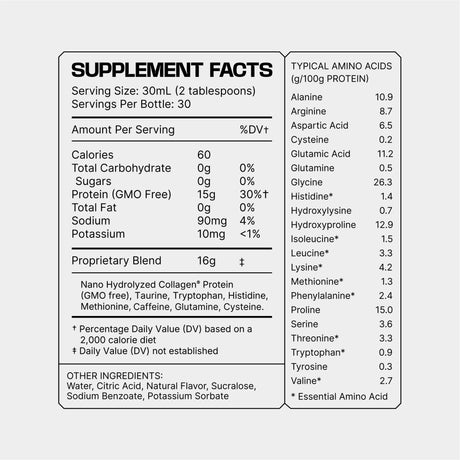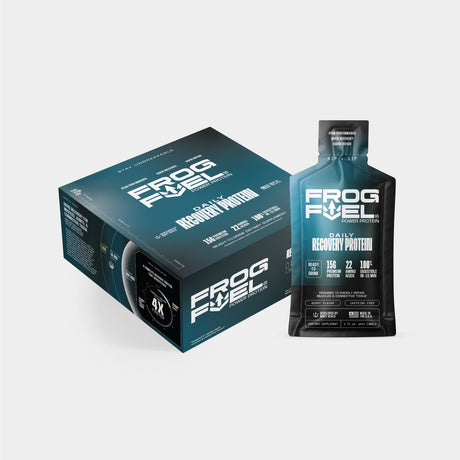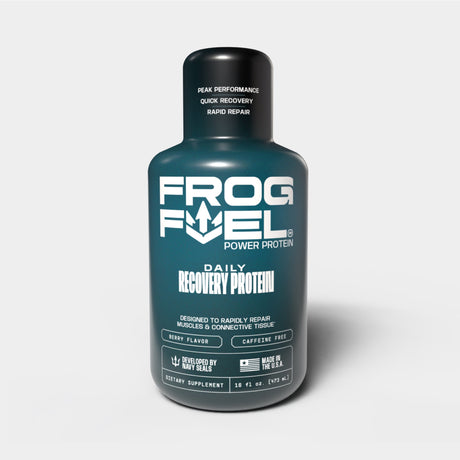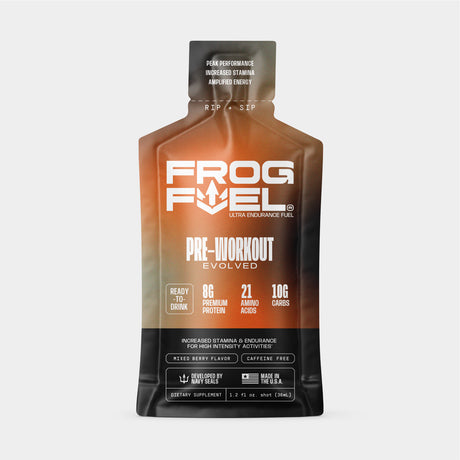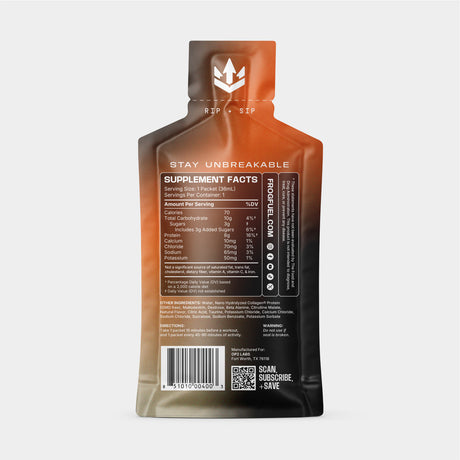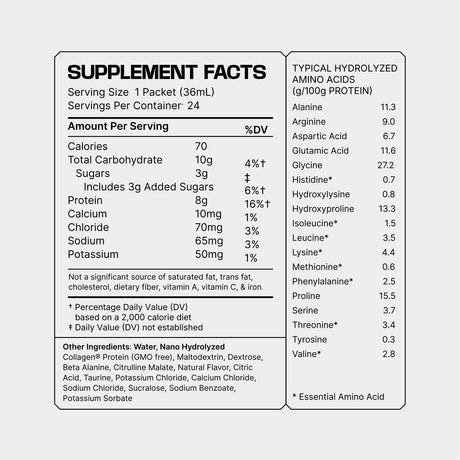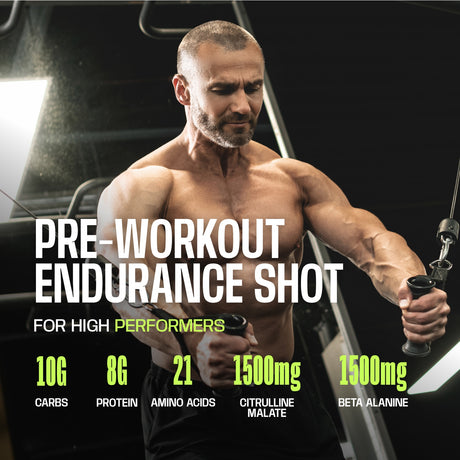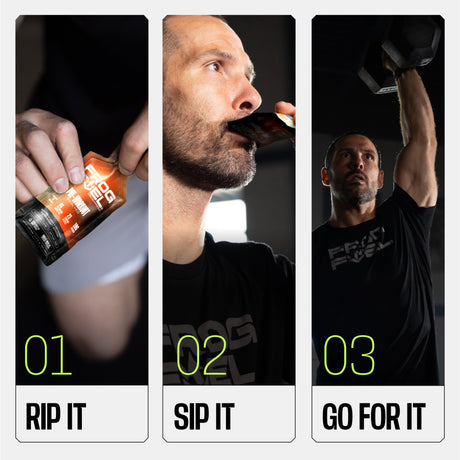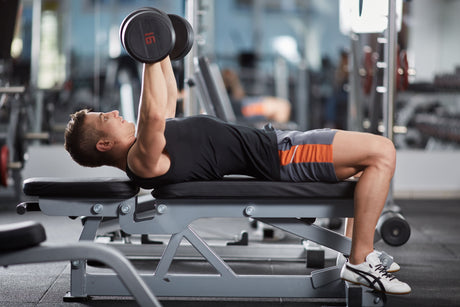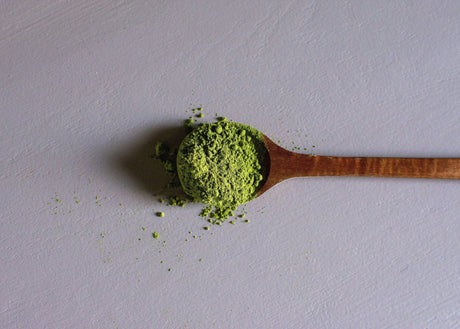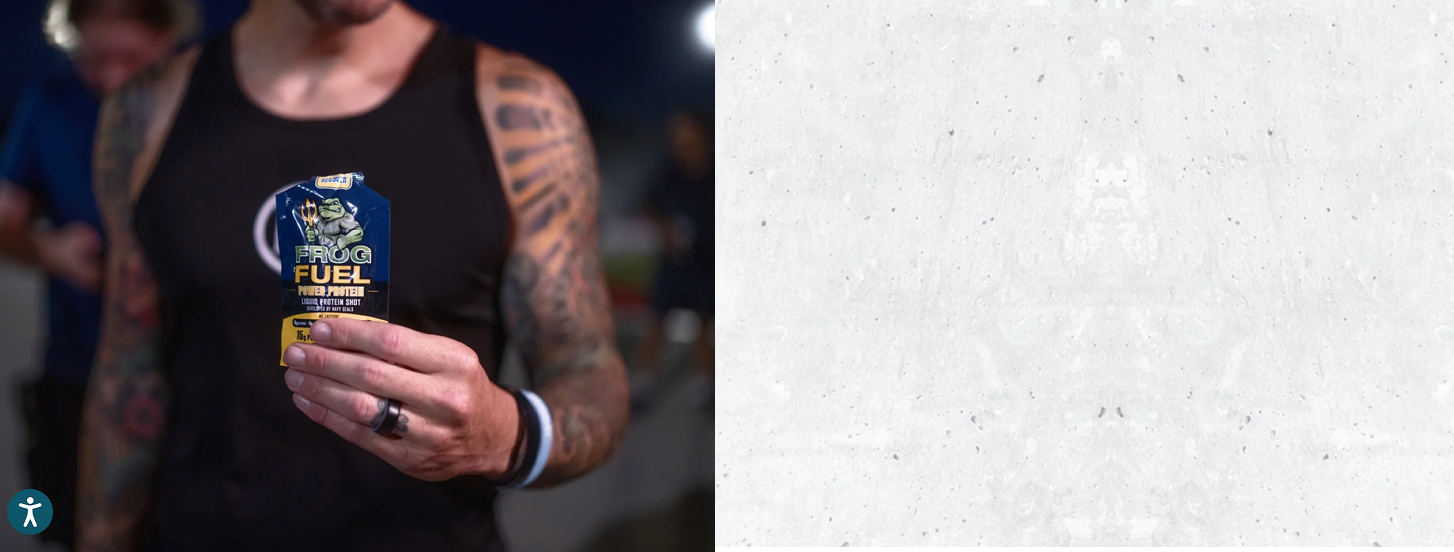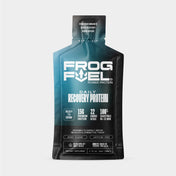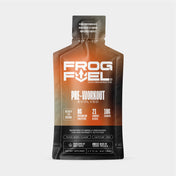Physical activity and participation in sports have an extensive number of benefits, but the most common sports injuries are waiting to strike. An estimated 5.6 million athletes are affected by a sports injury each year.
Sports injuries can occur at any age and to anyone, no matter if you’re a professional or exercising just to stay healthy.
Even participating in low-impact sports like golf, swimming, or walking has the potential to lead to injury. The good news is that most sports-related injuries are treatable, and athletes can return to activities after a short rehabilitation time.
As an athlete or at least a frequent gym-goer, you may think that injuries are all just a part of being active. This idea may partly be accurate, but knowing common causes of common injuries as well as preventative measures will lower your chances of injury significantly.
Some injuries may be pure bad luck, but the majority can be prevented and avoided with proper technique, nutrition, and knowledge.
The 8 most common sports injuries: signs and symptoms to watch for
There are a few things that can help you tell if you have one of the most common sports injuries. Seek medical attention if you notice any of these things during or outside of your workout since untreated injuries will only get worse.
Your doctor will be able to properly diagnose the cause of your symptoms and help you get the right treatment.
Signs you might have one of the most common sports injuries include:
- Pain, soreness, or tenderness
- Swelling
- Muscle weakness or tightness
- Bruising
- Joint stiffness or instability
- Numbness or tingling in hands or feet
Nearly all sports injuries have one or more of these symptoms, which is why seeing a healthcare professional for a diagnosis is extremely important. The most common sports injuries don’t need much besides the RICE method, but these can also be signs of more serious health conditions.
Your doctor will be able to help you tell the difference between an injury that just needs rest and one that needs more specialized treatment.
1. Muscle strains
A muscle strain refers to a generally minor injury to any muscle in your body and it’s by far one of the most common sports injuries, especially in new athletes.
This could be a twist, pull, or tear of a muscle or tendon – the fibers that attach muscles to bone. Muscle strains can be severe. If not treated properly, they can lead to loss of mobility in that muscle area.
In the most extreme cases of muscle strain, the muscle can completely rupture, requiring surgery.
Muscle strains occur when your muscles are overloaded, usually due to higher speed, weight, or duration than your body is ready for. Any muscle can be strained, but the hip flexors, hamstrings, quadriceps, calf, and back muscles tend to be the location of most common sports injuries.
2. Sprains
A sprain is a tear or stretch of a ligament. Ligaments are the band of connective tissue that joins one end of a bone to another. This is what makes sprains different from strains. Like strains, though, sprains are one of the most common sports injuries – especially for athletes who are just picking up an exercise routine again.
Any joint on your body can be sprained, but the three most common areas to be sprained during physical activity include your ankles, knees, and wrists. And it will most often be a result of some sort of physical trauma - like a fall or blow to one area of your body.
Incorporating some of the best collagen for joints can help with injury prevention. Ligaments are largely made of collagen and use it to strengthen and repair themselves.
3. Tendonitis
Tendonitis is one of the most common sports injuries in sports with repetitive motion, and it can affect any joint in the body.
In people with tendonitis, the tissue connecting muscle to your bone becomes irritated and inflamed. Tendonitis most commonly occurs on your Achilles tendon, elbow, wrist, shoulder, and knee.
Tendonitis can also be called Tennis Elbow, Golfer’s Elbow, Jumper’s Knee, Swimmer’s Shoulder, or Pitcher’s Shoulder – depending on which tendon is affected.
Tendonitis is most often caused by overuse or bad technique. To treat tendonitis, many physical therapists will look at athletes' form to determine if there is a way to irritate that tendon less in the future. Most cases heal easily and naturally with some rest.
4. Shin splints
Shin splints are the most common sports injuries in athletes who are just starting a running regimen or athletes who do intense workouts involving running. The term itself is often misused to explain any pain people feel in their lower leg after exercise. However, it is specifically the pain associated with the tibia or shin bone.
The pain of shin splints will run from the front outside part of your leg and may include your foot or ankle or the inner edge of your leg where the bone meets your calf muscle. This pain can be mild to debilitating, depending on the severity.
It will usually occur a few hours after exercise, or it may not show up until the next day.
Shin splints can occur in other situations and are not strictly a runner’s injury. Some people will struggle with shin splints because of their body mechanics. They may have fallen arches, overpronation, or supination that causes their foot to land in a way that causes shin splints.
5. Sciatica
Sciatica is an inflammation or compression of your sciatic nerve, which runs from your back down to your feet. Sciatica causes pain that radiates from your back through your legs or even down through your feet. It’s one of the most common sports injuries for athletes who spend a lot of time hunched forward, like cyclists.
Sciatica is also common in sports that require you to twist at the waist, like in golf, baseball, or softball.
Typically, sciatica will resolve itself with rest. But if your pain, numbness, or tingling lasts more than a week or two, you’ll need to seek medical attention as soon as possible, as these can be signs of more serious health problems.
6. Concussion
Concussions are injuries to the brain and come in different levels of severity. Unlike most common sports injuries, concussions are never caused by poor technique or overworking yourself. Instead, they’re caused by a sudden blow or jolt.
Athletes in sports that involve projectiles are most at risk for a concussion, but cyclists, swimmers, or runners may also suffer concussions as the result of a collision or fall.
7. Knee injuries
Knee injuries make up almost 40% of sports-related injuries. Since your knee has a rather complex structure and bears the brunt of your body weight, it is the most frequently injured joint. The most common sports injuries that can impact the knee are:
- ACL tears
- Patellofemoral Syndrome (Runner’s Knee)
- Iliotibial Band Syndrome
- Dislocation
- Bursitis
Many of these are usually a result of improper landing, a blow or twist, or running too hard/too fast without warming up properly.
8. Shoulder injuries
Shoulder injuries account for about 20% of sports injuries. Although this is significantly less than knee injuries, it still makes them one of the most common sports injuries.
Any activity that requires frequent movement of the shoulder joint is prone to a shoulder injury. These sports include baseball, softball, tennis, swimming, and volleyball. Anyone who is using their rotator cuff often, especially in a repetitive motion, is more likely to experience injuries such as:
- SLAP Tear (Superior Labrum Anterior and Posterior)
- Shoulder instability
- Shoulder impingement
While some of these injuries are the result of overuse, more often than not, a shoulder injury occurs due to a lack of strength, flexibility, or stabilization.
Knowing your limits and not pushing past your body’s performance boundaries can be challenging at times. However, knowing when to stop and rest is vital in avoiding injuries, especially in your shoulder.

Common sports injury prevention
Although we already discussed a few ways to prevent specific injuries above, let’s dig a little bit deeper into overall injury prevention. We only talked about the most common sports injuries that can occur, but there are some things that you can do to help avoid all types of injuries.
Focus on nutrition and hydration
As an athlete, you already think about your nutrition to make sure your body is getting the best fuel possible. Hydration isn’t news to you, either, but remember that water is always the best way to hydrate.
Sports drinks and electrolyte beverages can be helpful in moderation, but nothing is as hydrating as water. When our bodies are dehydrated, our muscles tend to cramp, and our joints become more susceptible to injury.
There are also a few specific nutrients that support athletes’ overall recovery and prevent or reduce the most common sports injuries:
-
Vitamin C helps synthesize collagen for faster muscle recovery.
-
Omega 3 fatty acids may help reduce chronic inflammation.
-
Magnesium and Vitamin D support healthy bones to prevent fractures and arthritis.
- Zinc boosts the immune system and helps heal tissues and wounds.
You’ll also want to be sure you’re getting enough protein. Incorporating liquid protein shots into your routine can help you boost your protein intake without adding extra calories, letting you keep your nutrition plan on track.
Consider collagen
Collagen is the most abundant protein in your body. Your muscles, tendons, ligaments, and bones are all largely made of collagen and need collagen to recover.
While you can get collagen from your diet in different meats and fish, hydrolyzed collagen supplements can be the most effective way to meet your protein and collagen needs.
What is hydrolyzed collagen? Hydrolyzed collagen is a smaller form of the collagen molecule found in animal tissue. Naturally, collagen appears as a fairly large molecule. This means that your body can’t fully absorb it by the time it passes through your system.
Using a hydrolyzed collagen supplement means that less of the collagen just passes through your system undigested. And that means that you’re able to benefit from collagen’s powerful injury-healing support whenever you’re dealing with most common sports injuries.
The top collagen supplements are all hydrolyzed, but not all supplements are created equal. Look for a medical-grade supplement to make sure you’re getting the highest-quality supplement available.
Have a workout plan (and stick to it)
There are many instances when you’re just getting back into an activity or exercise where you overdo it. Getting back into the swing slowly can be tedious, but jumping in all at once is usually the cause of most common sports injuries.
Instead, create a plan that eases you back into your ideal workout. Having a plan will give you structure and balance in the types of exercises you do. Make sure your plan integrates multiple muscle groups and cross-training, not just your preferred sport.
Whatever the plan you choose, find activities that excite you and that you can alternate between.
To effectively prevent the most common sports injuries, work with different parts of your body and target multiple muscle groups. And if you need to, don’t be afraid to reach out for help from a friend or personal trainer in starting up and sticking to your plan!
Always warm up and cool down
When your muscles aren’t ready for an action or activity, they are more likely to be injured. Most common sports injuries occur in athletes who aren’t fully warmed up, or who move through a workout or exercise too quickly.
So, how much stretching should you be doing? How long should your warm-up be compared to your workout? These will differ for everyone and each activity that you do, but there are some basic guidelines to follow to help you structure your stretching, warm-ups, and cool-downs for each workout.
On average, a warm-up should last between 5-10 minutes to effectively prevent the most common sports injuries.
In your warm-up, you want to target movements that are often used in the activities you’ll be doing. You’ll start at a slow pace and then work your way up to a higher intensity to increase your heart rate.
Your cool-down shouldn’t be overlooked, either. Cooling down is especially important during high-intensity and cardio workouts. Cool-downs give your body time to get back down to the heart rate and breathing you had pre-exercise. Plus, your blood has a chance to recirculate throughout your body, preventing dizziness and fainting.
Most cool-downs will last around 10 minutes but can be longer, if necessary.
Try to incorporate at least 3-5 minutes of lower-intensity exercise to lower your heart rate. Then, focus on stretching for at least 5 minutes.
Stretching doesn’t prevent all injuries, but it could prevent or reduce the most common sports injuries. Try to stretch problem areas daily, but don’t only focus on those. Find a routine that incorporates many different stretches to keep your body loose and flexible.
Focus on technique and form
Whether you’re a runner or a weight lifter, proper technique makes a huge difference in whether you’ll deal with the most common sports injuries frequently or once in a blue moon. Working with a trainer or coach can help you learn new techniques, and make corrections to your current habits.
When exercising on your own, look in a mirror or use resistance bands to make sure you’re not overextending any part of your body. The more body-conscious and mindful we are with movements, the better we can improve muscle memory and prevent missteps or injuries.
Allow yourself time to heal and rest
While you may already be resting in between sets or taking a day off from exercise each week, you still need to listen to your body. Aching or soreness is a normal part of building muscle, but it’s also a sign for you to pull back.
Take some time to rest and relax that muscle group before a small ache turns into an injury.
And sleep is important. You should never skip or reduce your sleep just for the sake of getting a workout in. Not only will your body be trying harder than usual to keep up, but you won’t be as attentive, either, leading to the poor technique that causes the most common sports injuries.
Invest in your health and prevent common sports injuries
Unfortunately, sometimes an injury isn’t preventable. But there are things you can do to decrease the chances of some of them - or make them less severe.
We covered the most common sports injuries in this article, but there are so many other possibilities. Don’t let these injuries become a fact of life because you exercise or are an athlete. There are things that you can do in your daily life to help with injury prevention.
If you’ve been injured before, give yourself time to heal, understand the injury, and learn how to prevent it again. Focus on your form, nutrition, and creating a workout routine that incorporates all muscle groups, and you are well on your way to injury avoidance.
When injuries do occur, use hydrolyzed collagen protein to speed recovery and prevent re-injury so you can keep chasing your personal best.


